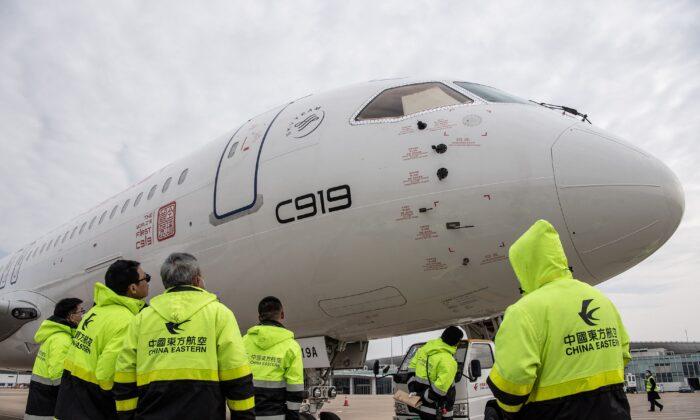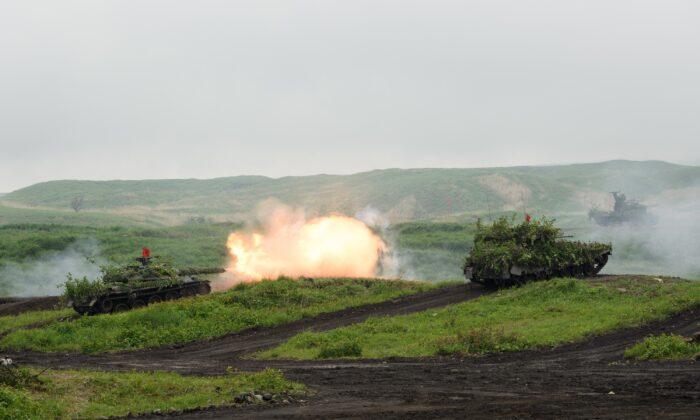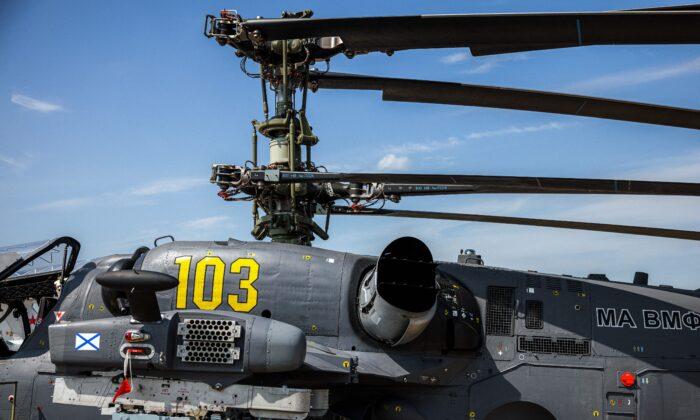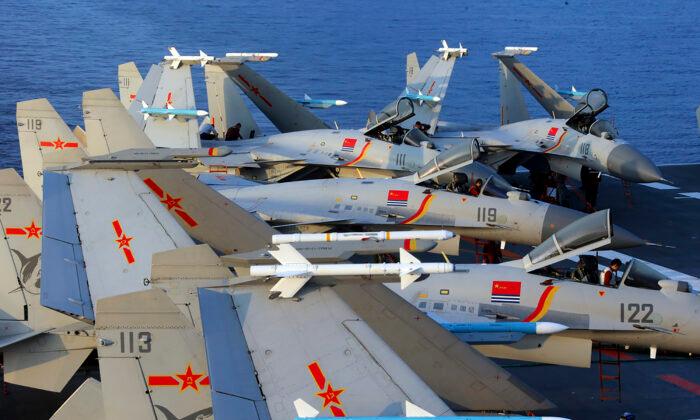“Decoupling” is the new buzzword these days when it comes to sanctioning communist China for its bad behavior. The argument behind it is that the West should no longer rely so much upon China’s manufacturing base for essential products and processes but instead work to reduce, even eliminate, China’s place in global supply chains.
There are obvious candidates for decoupling. Textiles, of course (sorry, no more 12-packs of tube socks for $5.99), but also televisions, smartphones, any kind of consumer product (from toasters to extension cords), integrated circuits, microelectronic assemblies, computers—the list is endless.
Not every kind of decoupling is a good idea, or at least one that should be implemented quickly. Removing China from the global supply chain is risky in the short run, to say the least, although it could pay huge benefits over time. Reestablishing assembly lines in the West is a smart move if it can be done cheaply, but it will take time and planning.
There are, however, areas where decoupling could be pursued quickly and with minimal risk to the West. One of these is microchips, and the other, which is glaringly obvious, is China’s commercial aircraft industry.
Taiwan, meanwhile, already builds chips as small as five nanometers, and South Korea will soon be producing three-nanometer chips.
Moreover, most of China’s indigenous chipmaking technology is old and getting older. China’s top-down, state-led development model has been unable to deliver on Chinese leader Xi Jinping’s ambition of creating a high-end national semiconductor industry.
China’s critical dependencies on imported microchips and microchip technology create a huge chokepoint for Beijing’s high-technology ambitions. Cutting off China from Western semiconductors, as well as 4IR technologies like AI and advanced computing, could leave Beijing scrambling for years to find domestic solutions to these requirements. The costs to the West, meanwhile, would be minimal.
An even more obvious candidate for decoupling is China’s civilian airliner industry. China is attempting to build a commercial aircraft business where none hardly existed two decades ago. It launched its first passenger jet, the 70-seat ARJ21 regional jet, in 2002, and its second, the C919 (roughly the same size as the Boeing 737 or Airbus A320), in 2008.

Both planes have had troubled births, plagued by delays and huge cost overruns. Moreover, neither has yet obtained air-worthiness certifications from the U.S. Federal Aviation Administration (FAA) or Europe’s Joint Aviation Authorities (JAA); these are essential if Beijing wishes to sell the airplane overseas.
More importantly, calling a plane like the C919 “Chinese” is stretching the point. The airliner depends heavily on Western suppliers for critical components and subsystems, including its avionics, landing gear, nacelles, flight controls, and—most importantly—jet engines. General Electric, for example, supplies the LEAP turbofan engine for the aircraft, while Rockwell Collins provides the avionics, and Goodrich and Liebherr (a German-Swiss company) supply the plane’s landing gear.
Altogether, around 60 percent of these foreign suppliers to the C919 are U.S. companies, including General Electric, Honeywell, and Eaton.
The West, particularly the United States, has little to lose by cutting China off from its aerospace supply chain. All it is doing anyway is creating future competitors rather than future partners.
Moreover, the West might soon have a very good reason to decouple China’s aircraft industry. Russia’s invasion of Ukraine has been going badly, and it is running out of munitions. Moscow is keen to have Beijing supply it with lethal equipment, as China is about the only country with the stockpiles, industrial capacity, and political likelihood to sell to Russia.

Cutting off items like jet engines, avionics, landing gear, and the like would deal an immediate blow to China’s civil airliner business. There are simply no alternative suppliers: China’s efforts to produce a home-grown engine, the CJ-1000A, is years away from fruition, and it still incorporates a number of imported technologies.
Russia is hardly in a position to replace the West; its own aerospace industry is in shambles. In fact, Moscow and Beijing have a joint passenger jet in the works (the C929), but Russia’s current economic mess makes it a poor choice for a partner.
On the other hand, decoupling from China has many potential benefits for the West’s aerospace business. Reducing the West’s dependencies on Chinese-built subsystems or components would help Western firms while also impeding the growth of a competing Chinese aerospace sector. This would also undermine Chinese military modernization, limiting its ability to exploit fourth industrial revolution technologies for such tasks as surveillance, intelligence, targeting, and autonomous strike.
More than ever, the West has critical tools for punishing China while suffering minimal cost or pain. If Beijing decides to help Russia kill Ukrainians, the West should kill China’s aircraft industry.





